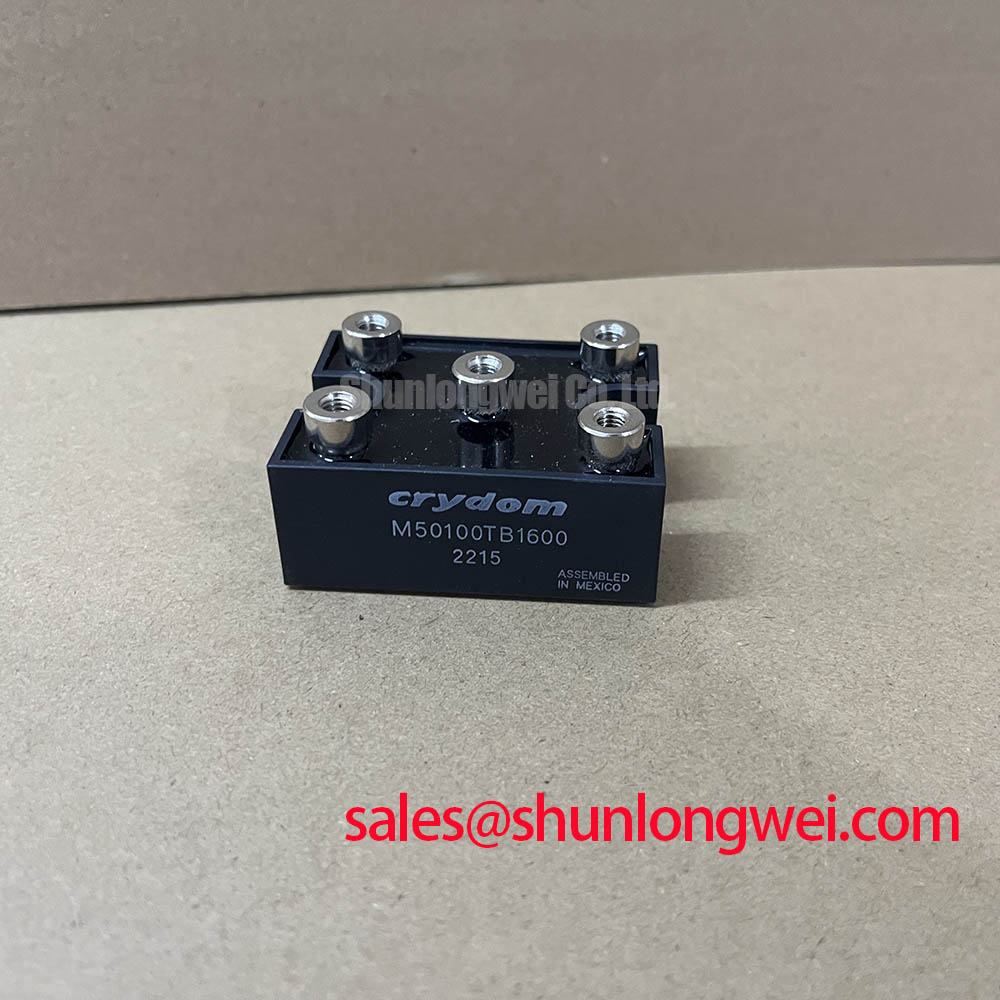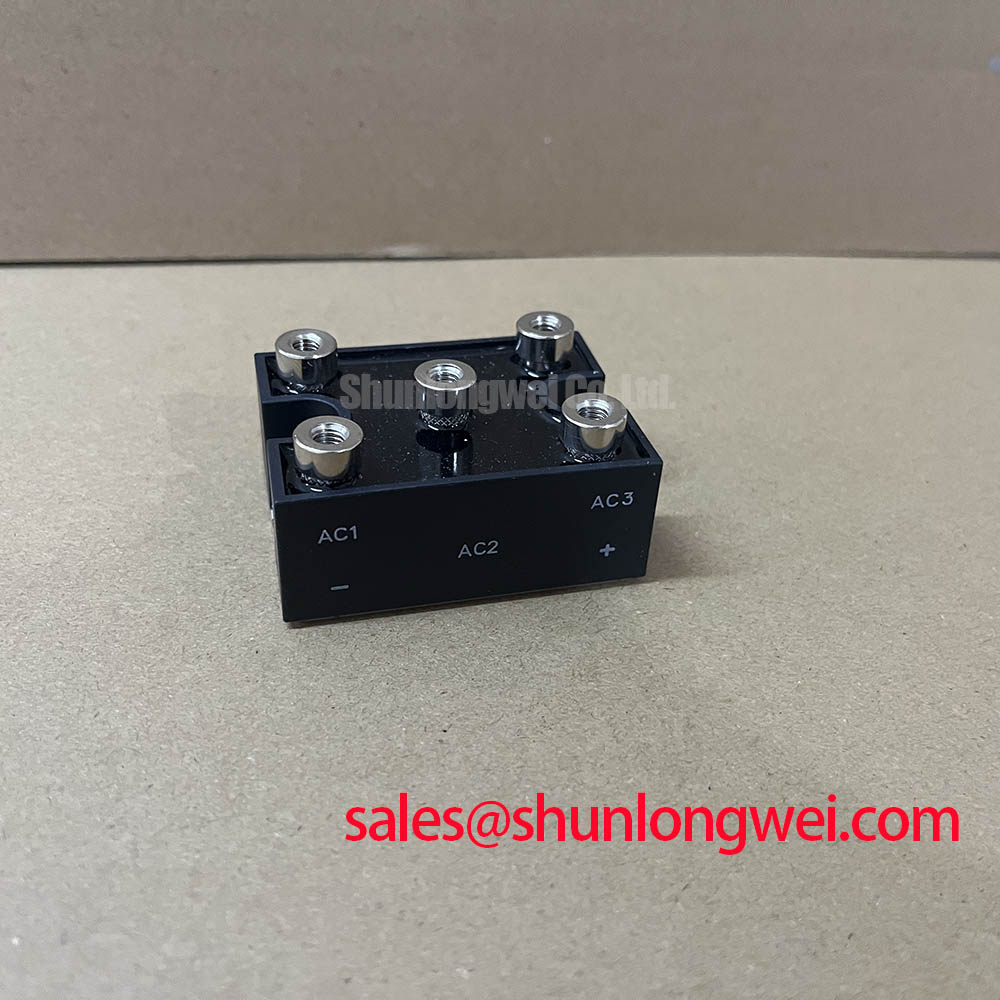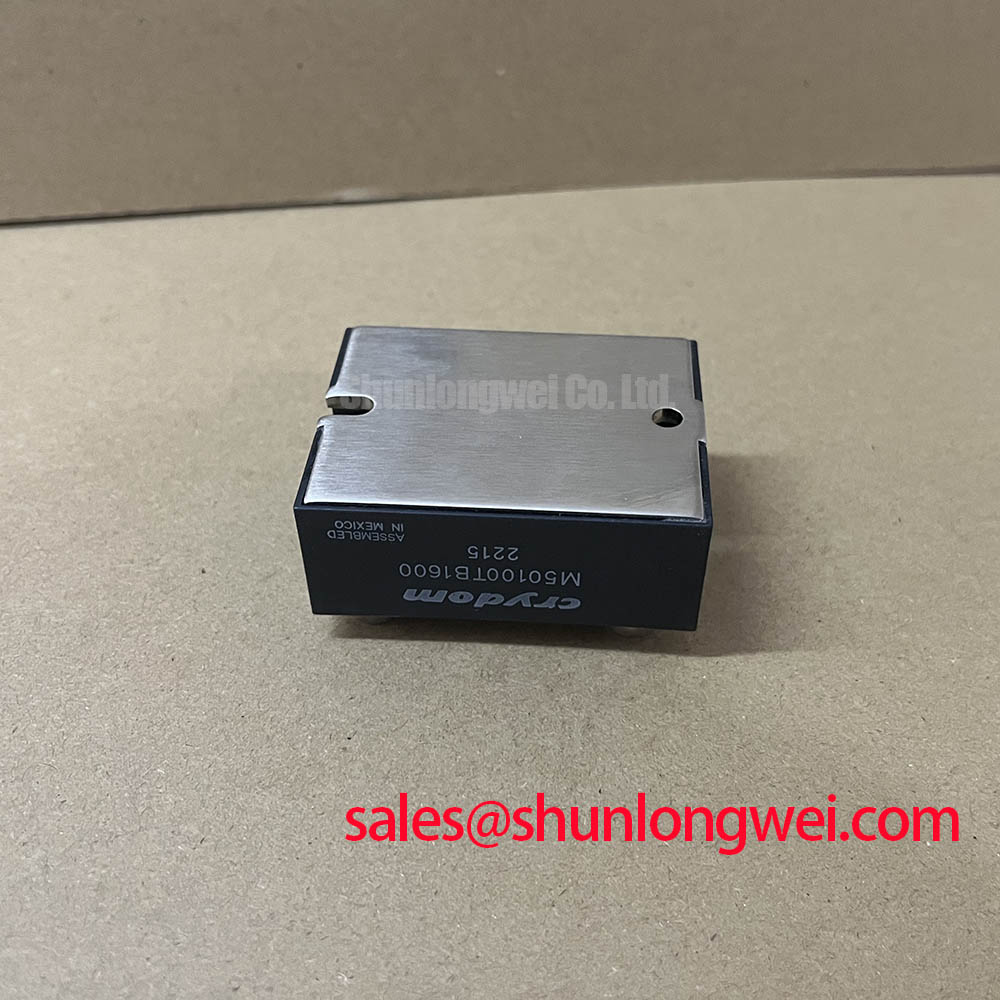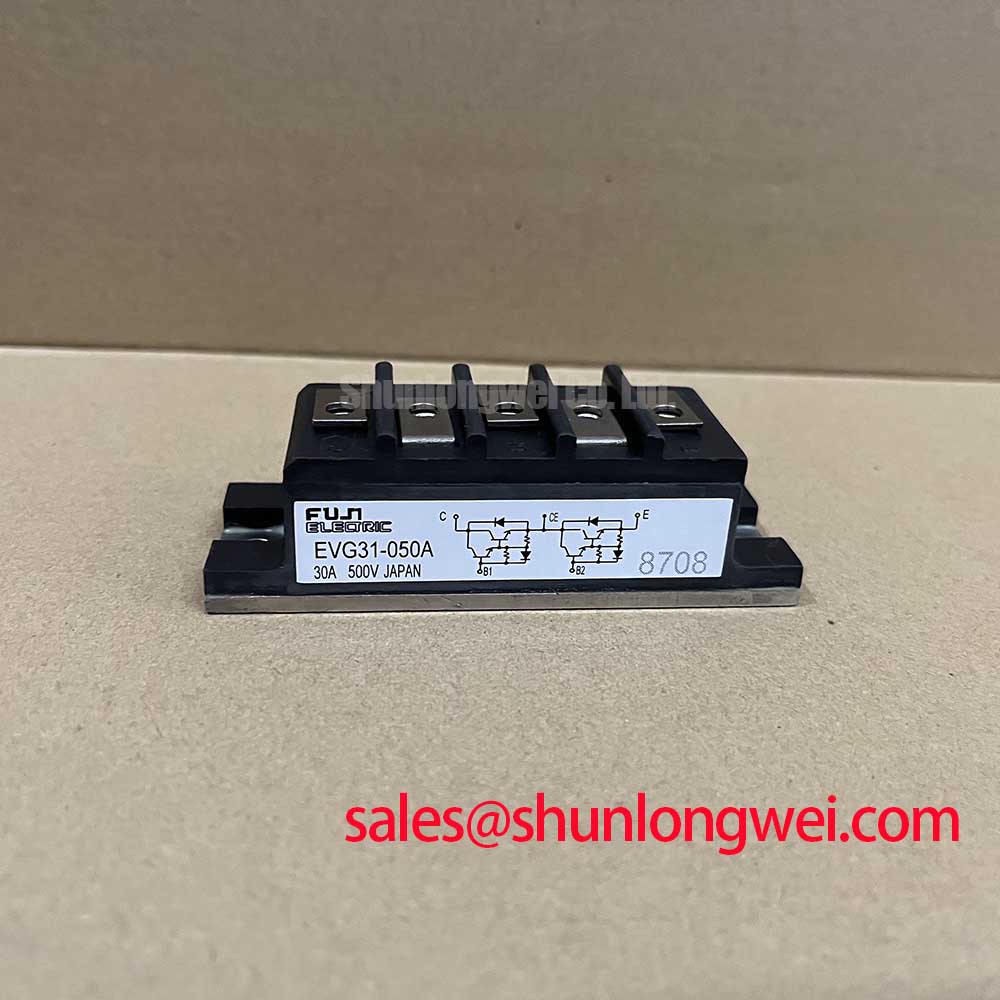M50100TB1600 | Robust 1600V 100A Half-Bridge IGBT Module for High-Reliability Power Conversion
Key Performance Parameters
For engineers requiring immediate, at-a-glance specifications for system modeling and initial design, the M50100TB1600 delivers a compelling balance of voltage overhead, current handling, and thermal efficiency. For a complete breakdown of all parameters, you can download the official datasheet here.
| Parameter | Value |
|---|---|
| Collector-Emitter Voltage (VCES) | 1600V |
| Continuous Collector Current (IC @ Tc=80°C) | 100A |
| Collector-Emitter Saturation Voltage (VCE(sat), typ. @ 100A) | 2.2V |
| Configuration | Half-Bridge (2-in-1) |
| Thermal Resistance, Junction-to-Case (Rth(j-c) per IGBT) | 0.17 K/W |
| Short-Circuit Withstand Time (tsc) | 10µs |
Engineered for Demanding Power Systems
The M50100TB1600 is a high-performance IGBT module designed for power conversion systems where voltage transients and operational robustness are primary design concerns. It provides a superior solution by integrating two IGBTs in a half-bridge configuration, optimized to minimize stray inductance and simplify system layout. Key advantages for the design engineer include:
- High Voltage Headroom: The 1600V VCES rating offers a significant safety margin for applications running on 600V to 690V AC lines, ensuring reliability against grid voltage spikes and switching-induced overshoots.
- Balanced Loss Profile: Leveraging advanced Trench Field Stop IGBT technology, this module achieves a low VCE(sat) to reduce conduction losses, while maintaining controlled switching characteristics to manage switching losses and EMI.
- Superior Thermal Management: An optimized internal layout and low thermal resistance from junction to case allow for efficient heat extraction, enabling higher power density and improving long-term reliability under cyclical loads.
Core Application Scenarios and Engineering Value
The specific characteristics of the M50100TB1600 make it an ideal component for several high-stakes industrial applications, directly addressing common engineering pain points.
- Medium-Voltage Motor Drives: In VFDs for industrial motors on 690V AC mains, the 1600V rating is not a luxury but a necessity for robust design. This module provides the resilience needed to handle the demanding dv/dt and overvoltage conditions inherent in motor control, reducing the risk of premature failure.
- Wind Turbine Converters: The power conversion systems in wind turbines operate in harsh, often remote environments. The M50100TB1600's proven reliability and excellent Thermal Resistance ensure stable performance and maximize uptime, which is a critical factor for energy generation profitability.
- Industrial UPS Systems: For high-power uninterruptible power supplies, the ability to withstand fault conditions is paramount. The module's 10µs short-circuit withstand time provides the necessary window for protection circuits to react, preventing catastrophic system damage during grid anomalies or load faults. Understanding the potential causes of such events is key to robust design, a topic covered in our guide to IGBT failure analysis.
A Deeper Look at the Technology
The performance of the M50100TB1600 stems from its sophisticated Trench Field Stop (TFS) silicon design. Unlike older planar IGBT structures, the trench gate architecture dramatically increases the density of cells on the die. This directly results in a lower on-state voltage drop (VCE(sat)), significantly cutting down on conduction losses, especially in applications with high duty cycles like motor drives.
Simultaneously, the "field stop" layer is a thin, precisely doped region that allows for the creation of a much thinner N-drift region. This engineering feat is the key to faster switching. It allows charge carriers to be swept out more quickly during turn-off, reducing the "tail current" and thereby lowering turn-off switching losses (Eoff). This optimized balance is fundamental for achieving high efficiency in modern power converters.
Frequently Asked Engineering Questions (FAQ)
What are the critical considerations for the gate drive circuit for the M50100TB1600?
A robust gate drive is essential to extract maximum performance and ensure reliability. We recommend a dual-supply voltage, typically +15V for turn-on and a negative voltage between -8V and -15V for turn-off. The negative gate bias provides a strong defense against parasitic turn-on induced by high dv/dt. Furthermore, minimizing the inductance of the gate-emitter loop through careful PCB layout is critical to prevent ringing and ensure clean switching. For more in-depth strategies, review our 5 practical tips for robust IGBT gate drive design.
Is this module suitable for paralleling to achieve higher current output?
Yes, the M50100TB1600 can be paralleled, but success hinges on meticulous design. Key requirements include a highly symmetrical electrical and thermal layout to ensure current shares equally between modules. It's also crucial to use individual gate resistors for each module to dampen oscillations and prevent one module from turning on faster than another. A small positive temperature coefficient of VCE(sat) is beneficial for balancing under steady-state conditions.

















